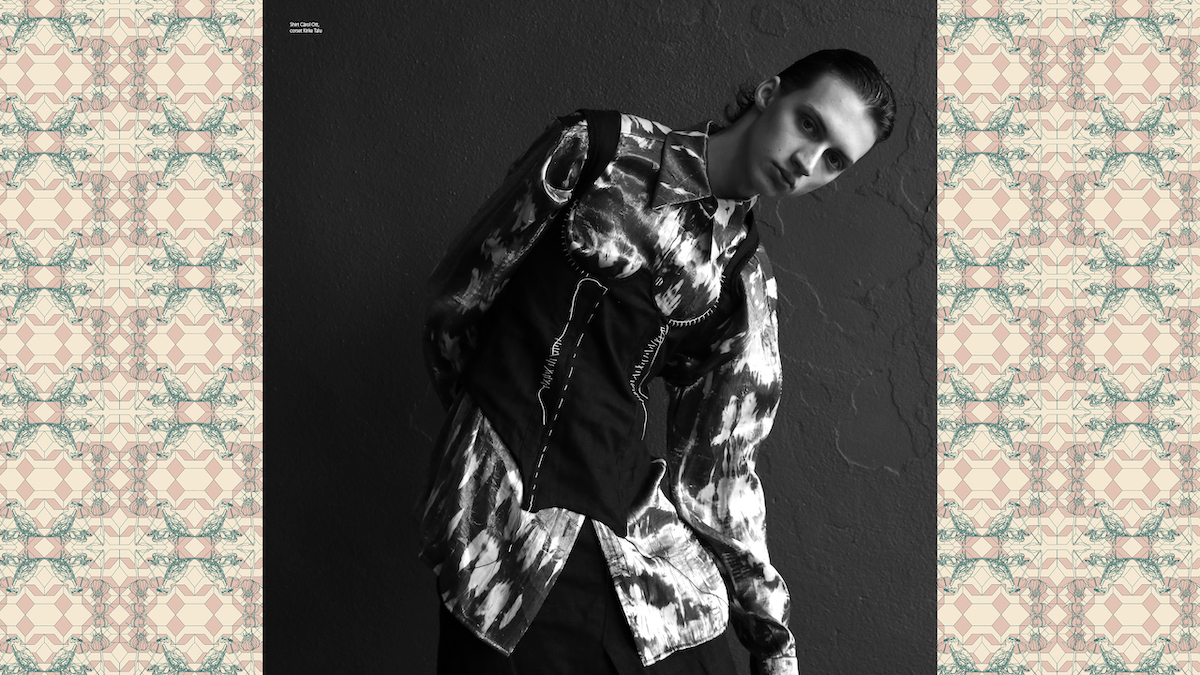By TADHI COULTER
TC: What role, if any, have other sources of documentation such as those of museum archives (e.g. paintings, geological records, literary sources, drawings, illustrations, or photographs played in your thinking about and re-imagining the extinct birds’ collection of wallpaper?
Martin Tõnts: The main inspiration is from Mexican and Estonian old solstice traditions honoring the departed souls. Many cultures throughout history have celebrated autumn harvest festivals in dedication to the dead. And what is death after all, if not life broke into atoms, where the soul disperses into the silence of nature’s eternal cycle? As the indigenous artists of extinct cultures used to depict both life and death inherent to each other a common duality, like quiet birds that shine at night.Our artistic narrative is about the extinction of speeches. That is used as a figurative meaning and literal symbol. The first part of the collection focuses on birds. Now gone, once abundant. We had to rely heavily on drawings and engravings found in internet archives.The trouble with drawing extinct birds is that one cannot do it from nature. Louis Agassiz Fuertes's work has been a vital source of inspiration. Also, the courtesy of the Smithsonian Institution has provided a lot of backstory and info for our research. We seek to show the collection and its story in interdisciplinary format editorials, installations, exhibitions, furniture, textile, and interior solutions.
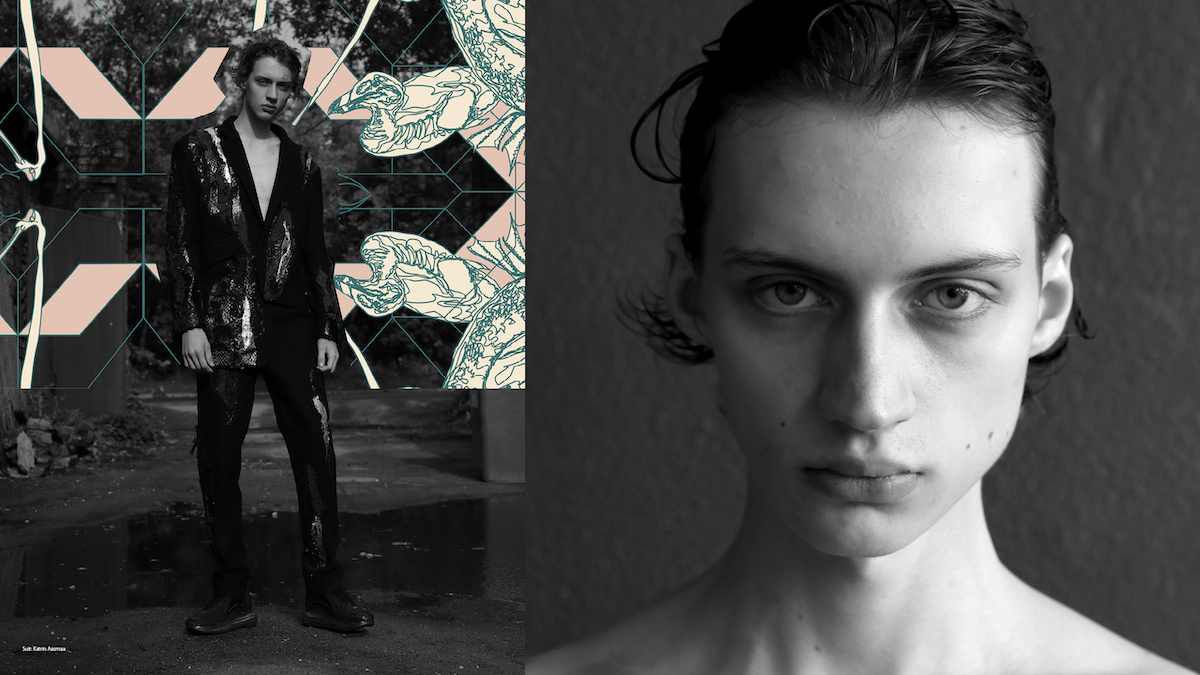
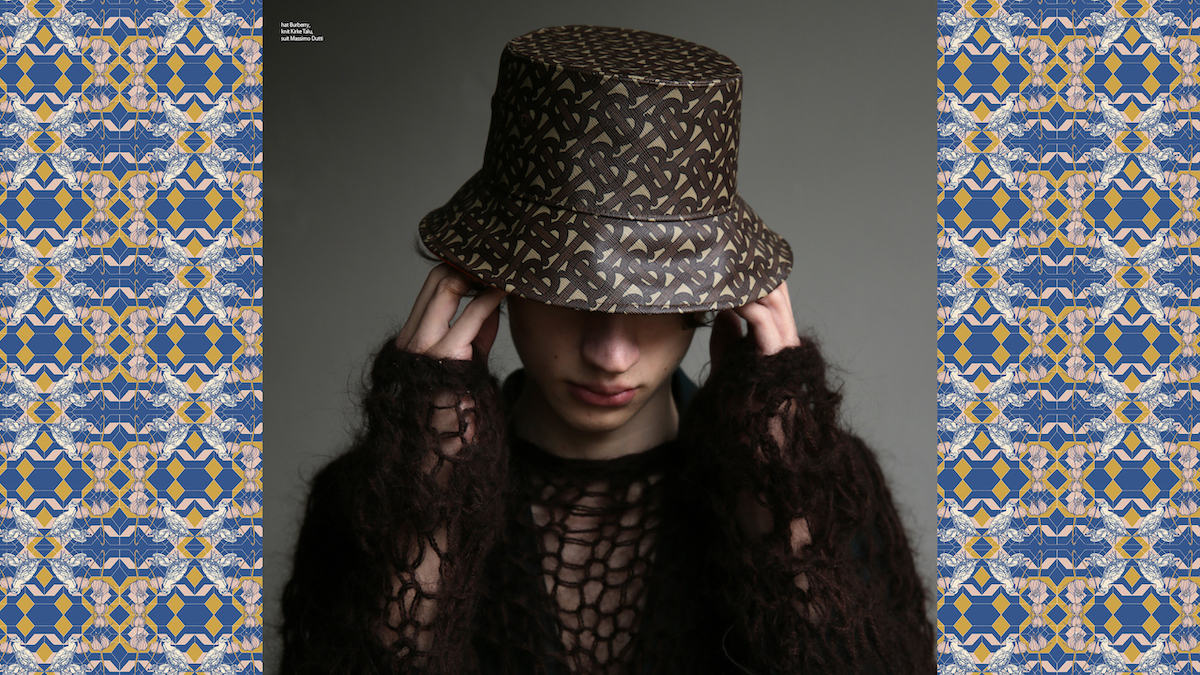
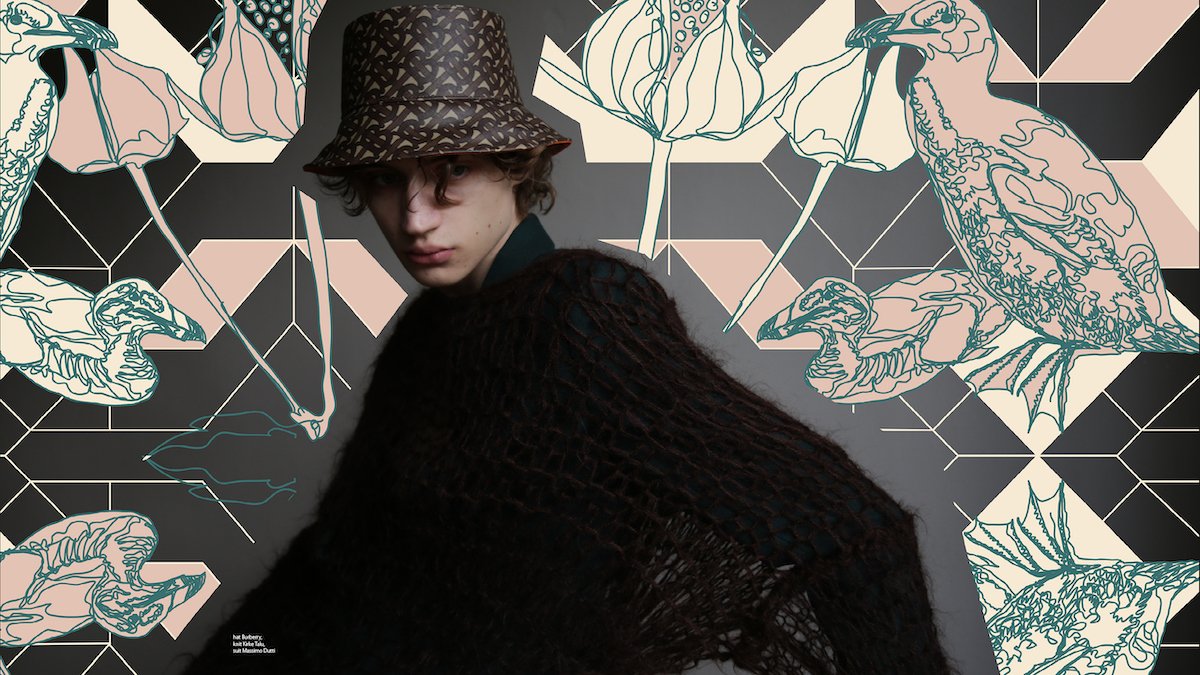
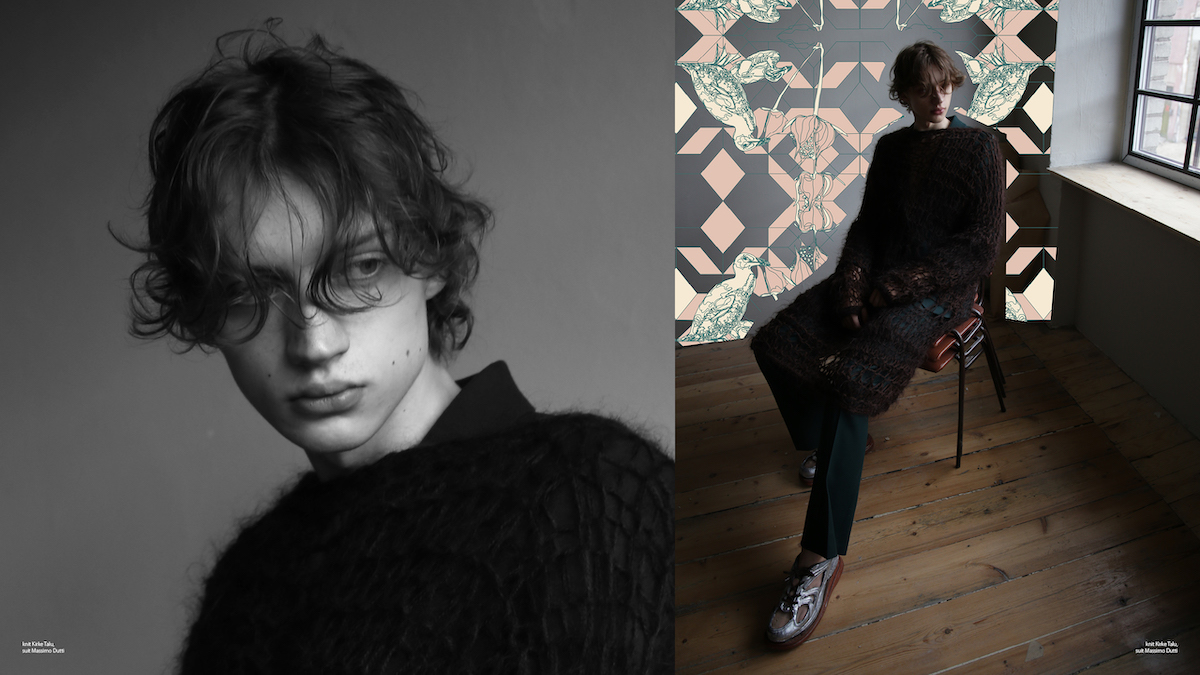
TC: How might or does something so simple as looking at or taking notice of the extinct birds of your collection change the way we as humans see and can take better care to preserve life that would otherwise become extinct?
Martin Tõnts: We celebrate birds' past existence and by doing so inform our audience. In a way, it is a memorial to the past and a call for a better, more nature-preserving future. A deep understanding that we need to protect our wildlife.
Our K|W Report story features the great auk (Pinguinus impennis) that once lived in large, dense colonies along North Atlantic shores. Clumsy and flightless on land, they were perfectly adapted to “fly” underwater, with their small wings and streamlined bodies. Unfortunately, they could not flee human predators. Hunters slaughtered auks by the thousands for meat, eggs, feathers, and oil. Once the bird’s numbers dwindled precipitously, naturalists hurried to add them as specimens to their collections before they disappeared forever.
By the mid-1800s, the species went extinct—the final result of centuries of intense human exploitation. The life we have been living in the past 50 years is resulting in a fast extinction of wildlife, mostly because of recklessness but also largely due to disinformation of how our behavior changes the world. Fortunately, we are seeing a shift in people's values – slow living is increasingly being honored. All of this has also been transferred to design, which includes, for example, environmentally responsible production, high-quality materials, and invaluable craftsmanship.
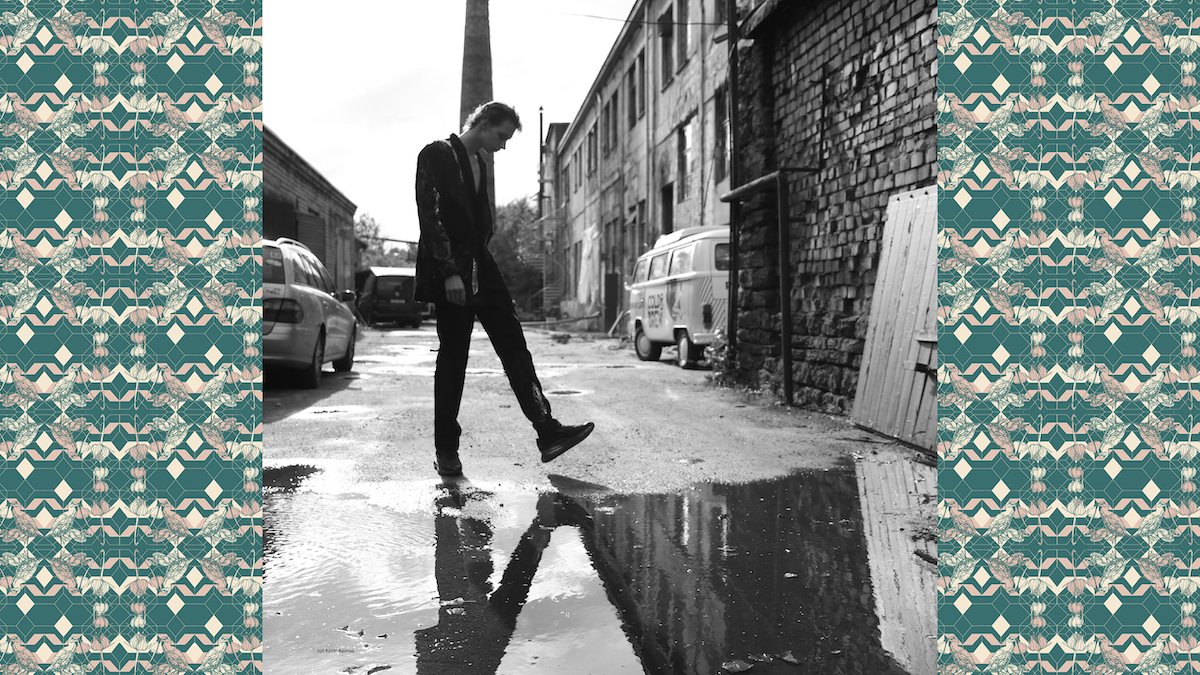
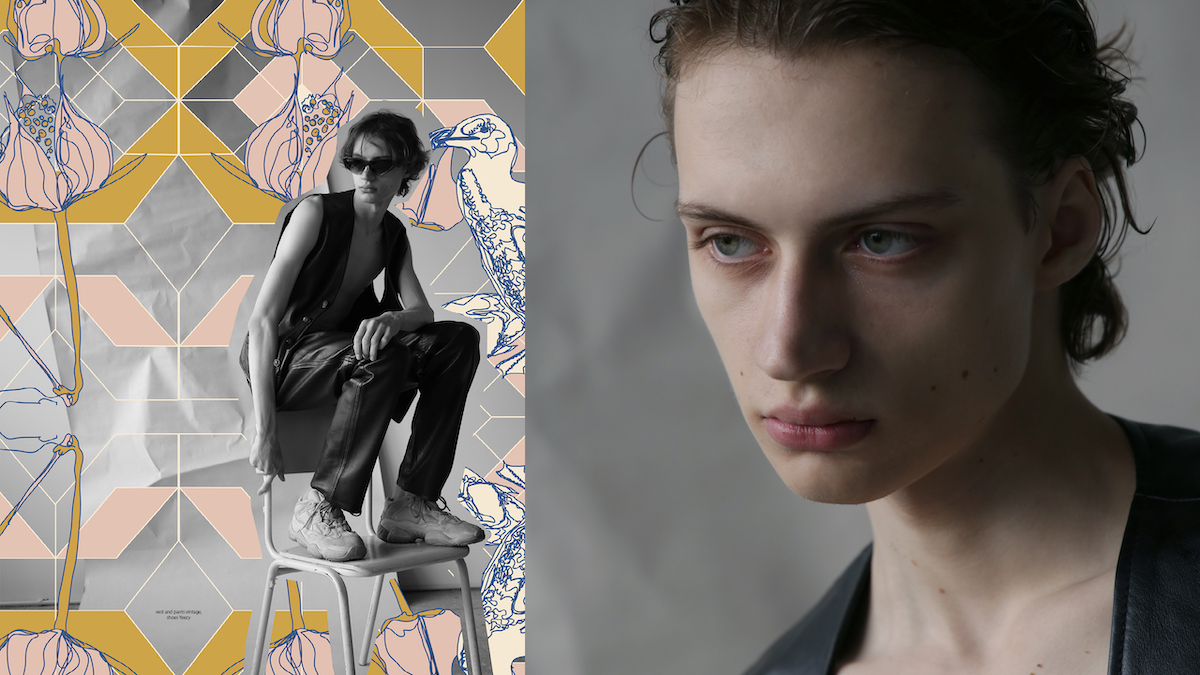
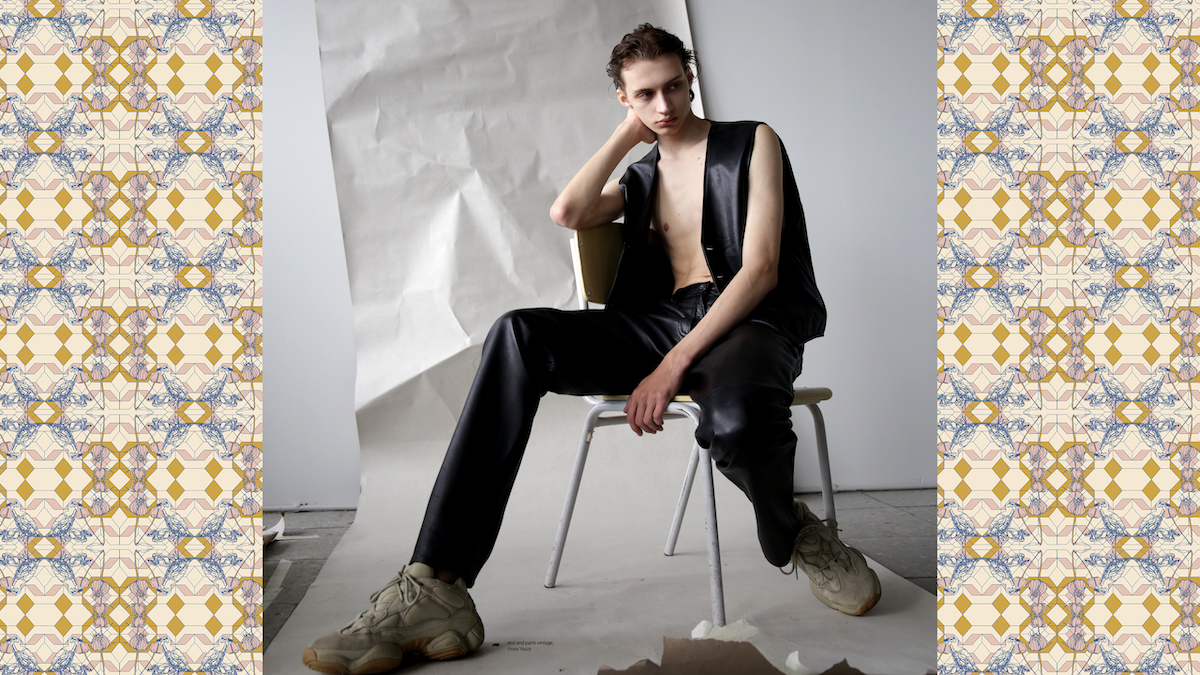
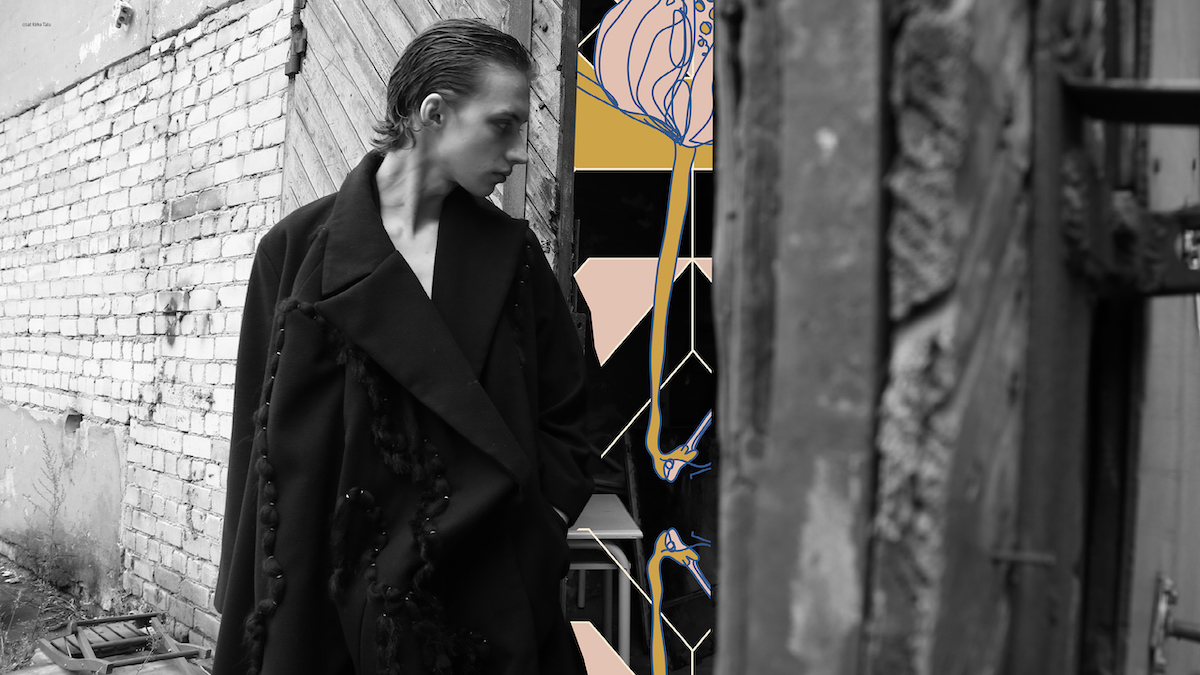
TC. Share an experience that has taught you the value of working as a team collaboratively?
Martin Tõnts: Different life experiences, different cultures, and all different aspects have grown our understanding, how small the world is, and how we can collectively grow. This is true in a broader sense, but also for our small trio. We think that the best for the new world is to bring people together from different fields of specialty and working together. Our team has found its way together in a natural way - as the saying goes: Birds of a feather stick together.
TC. What has been the most transformative life lesson each of you has learned by working on and contemplating the collection?
Martin Tõnts: Our inspiration from the collection comes from different sources, but our showroom is located in Tallinn, Estonia, in a thriving creative center. So, it's all about collaborations. The lesson is that it is good to start your business in a small, supported surrounding. Tallinn is the best city for startups and collaborations, as it is small but open-minded and you can reach people easily.Maybe not the most valuable, but the utmost profound lesson for us is that people are more interested in meaning and sustainability than the actual physical products. This is a beautiful truth that gives us power and also a responsibility – Design with a meaning. It makes it all a bit more rewarding and a bit more difficult.The production part is focusing on sustainability. Nowadays, the basic level is to take sustainability as an integral part--how your products are made. Responsible manufacturing and only producing by need.Also, in the whirlwind of building a new enterprise during the worldwide pandemic. We tend to forget the beautiful dreaminess from the starting days. So, we are trying to remember that every problem has a solution right around the corner.
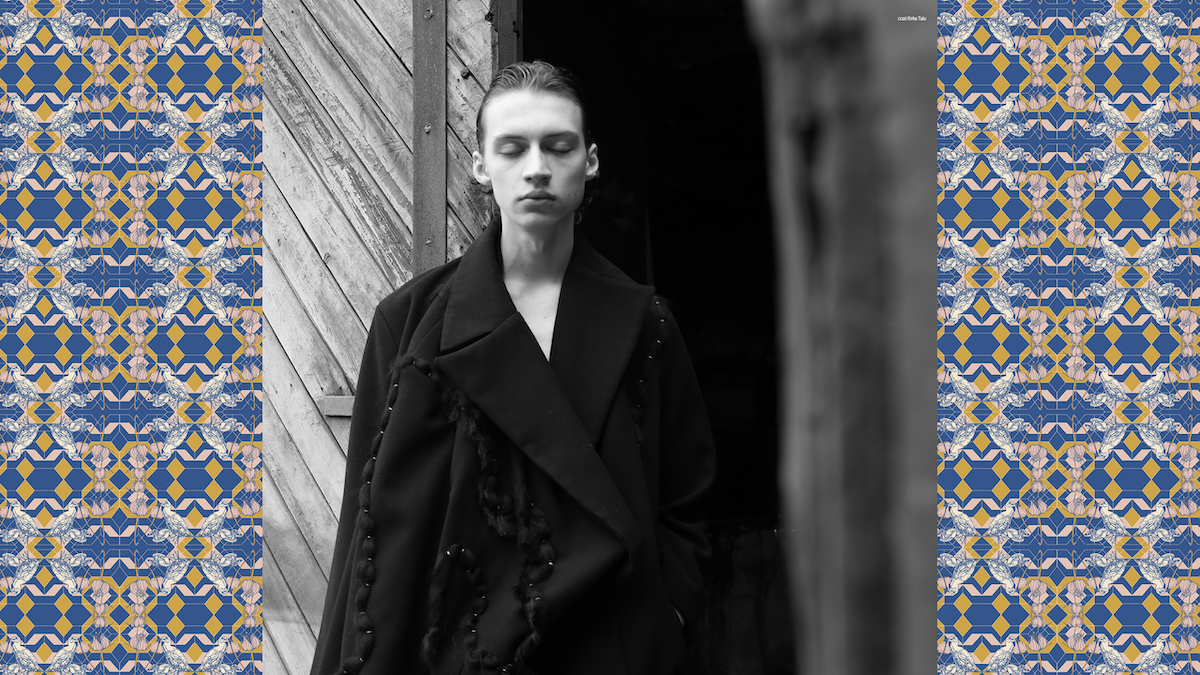
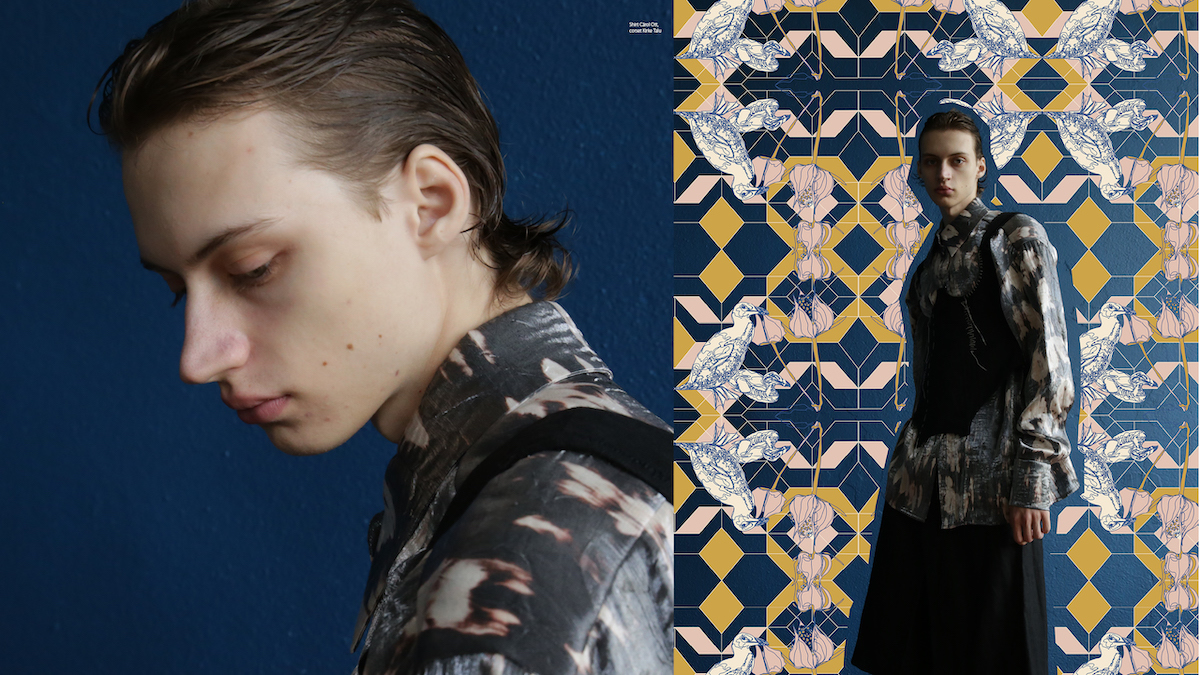
TC. What collaborative value or new meaning do you think our working together on the fashion editorial conceived as a backdrop or foreground to the wallpaper designs has given "Extinct"?
Martin Tõnts. We do not own any of the collection’s birds or their story. We simply retell it in our way. By working together, we retell it in a louder voice and make our collaborators part of the celebration. Hopefully, that reaches a wider audience to give them awareness and knowledge about the past and possibly a better future. We especially enjoy the part with different collaborative mixes and mediums – we can use video, photography, fashion, architecture, and all other means, to reach people and create more awareness about our planet.












